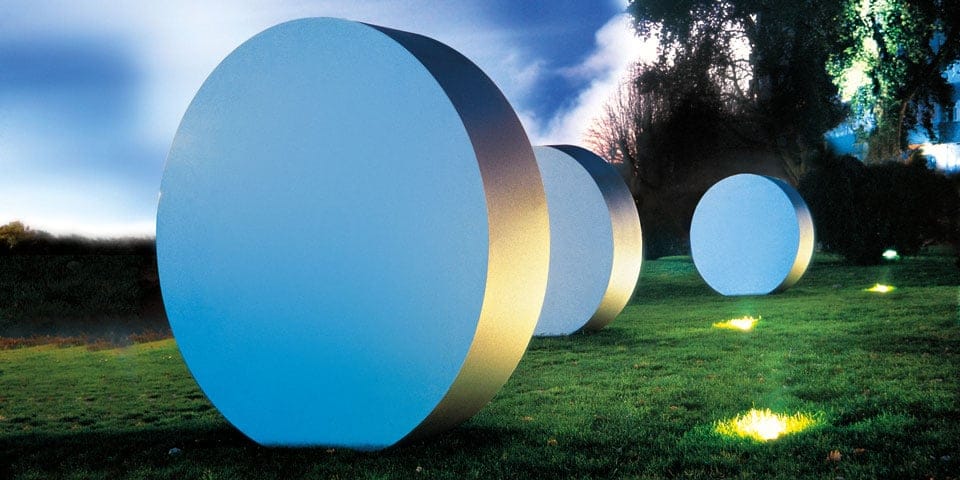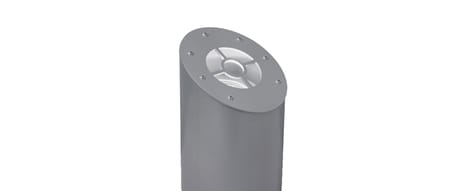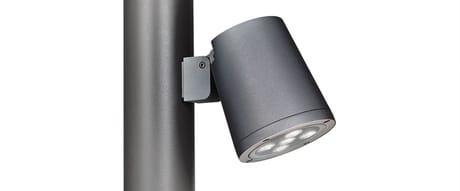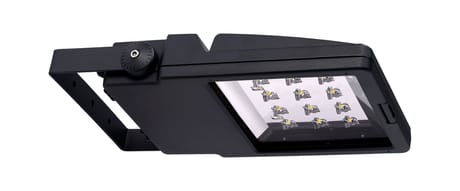
Effect lighting
If facades, objects, vertical surfaces and vegetation are illuminated, it is easier for us to get an idea of the shape and size of the space. Using different luminaires, you can highlight different locations’ function and possibilities.
To create beautiful effects on objects such as e.g. statues and façades, floodlights, downward-directed lighting or recessed ground luminaires are used. What is used for which object depends on the effect that you want to achieve.
To bear in mind
- A floodlight can be fitted to a post, which means that the light can be directed up towards the object that you want to illuminate. Downward-directed lighting is effective for façades and should ideally be protected by a roof or lip. Ground luminaires give a completely different effect by illuminating the object from below.
- A rule of thumb is to select a narrow-beam luminaire for narrow objects and a wide-beam luminaire for larger objects.
- A tall skinny tree is best highlighted by a narrow-beam luminaire positioned close to the tree.If the tree has an extensive canopy, a wide-beam luminaire may be appropriate. This should be located a greater distance from the tree.
- Illuminate from several different angles to prevent the object from appearing one-dimensional. Also bear in mind the risk of glare.
- Underwater lighting is the obvious choice when it comes to illuminating fountains and water surfaces. To enhance how the water is experienced, RGB and light control can be used.


